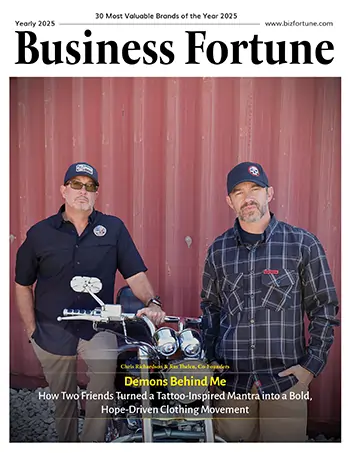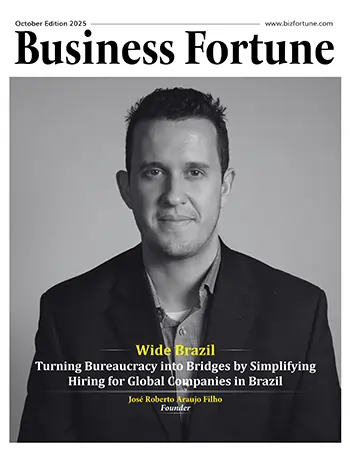Home Others Artificial Intelligence The Digital Stitch: How AI Is ...
The Digital Stitch: How AI Is Behind Fashion’s New Wave of Layoffs
Artificial Intelligence

Business Fortune
06 November, 2025
- Asya Granovskaia
For decades, fashion has been defined by creativity, intuition, and human touch. But now, a quiet revolution is cutting through the industry - not on the runway, but in the payroll.
Artificial Intelligence is no longer an experiment in design labs. It’s in production lines, marketing teams, and data offices. And as it spreads, so do layoffs.
Across the global fashion landscape, job cuts are becoming the shadow side of digital transformation. From factories in Bangladesh to creative studios in London and New York, companies are rethinking how much of their work still needs to be human.
In the past year, several brands have quietly downsized their merchandising, planning, and production teams, citing “digital restructuring.” Behind that phrase often lies the adoption of AI systems that forecast demand, design collections, and even monitor quality on production lines.
AI doesn’t get tired, doesn’t take holidays, and - most importantly for companies under pressure - doesn’t make human errors. Algorithms can now predict trends, plan inventory, and analyze consumer sentiment faster and more accurately than human teams once did.
For many brands, it’s a business dream. For thousands of employees, it’s the start of a nightmare.
The impact is most visible in two zones: factories and headquarters.
In production, AI-driven robotics are transforming garment manufacturing. Machines equipped with computer vision can now cut, sew, and check quality with minimal human input. In some high-volume operations, that has led to layoffs of up to 30% of manual staff. Industry studies suggest that as automation scales, up to 60% of repetitive factory jobs could disappear within the decade.
At the corporate level, AI tools are taking over work once done by merchandisers, data analysts, and marketing coordinators. Systems like digital twins, virtual modeling, and AI-driven product planning are replacing tasks that previously required entire departments.
Recent layoffs at major retailers and luxury houses have been partly linked to AI restructuring - an efficiency strategy that quietly shrinks the middle layers of management.
But the story isn’t purely one of loss. Some companies are using the same technology to create new kinds of work -for people who can pivot. Designers who once sketched by hand are learning to train generative models; factory managers are retraining as robotics technicians; merchandisers are becoming data translators between algorithms and executives.
The divide is no longer between luxury and mass market -it’s between those who adapt and those who don’t.
As one industry strategist put it: “AI won’t replace people. But people who can work with AI will replace those who can’t.”
The question now facing fashion’s leaders is not whether to automate, but how to do it responsibly. Cutting costs may boost quarterly results, but it risks cutting out the very creativity and emotion that define fashion’s appeal.
The smartest brands are already shifting from pure efficiency to ethical transformation - investing in training, redeployment, and transparency around how AI affects employment.
Because behind every algorithm are thousands of lives it quietly reshapes.
And in fashion an industry built on stories, faces, and human detail - forgetting that could be the biggest mistake of all.


































